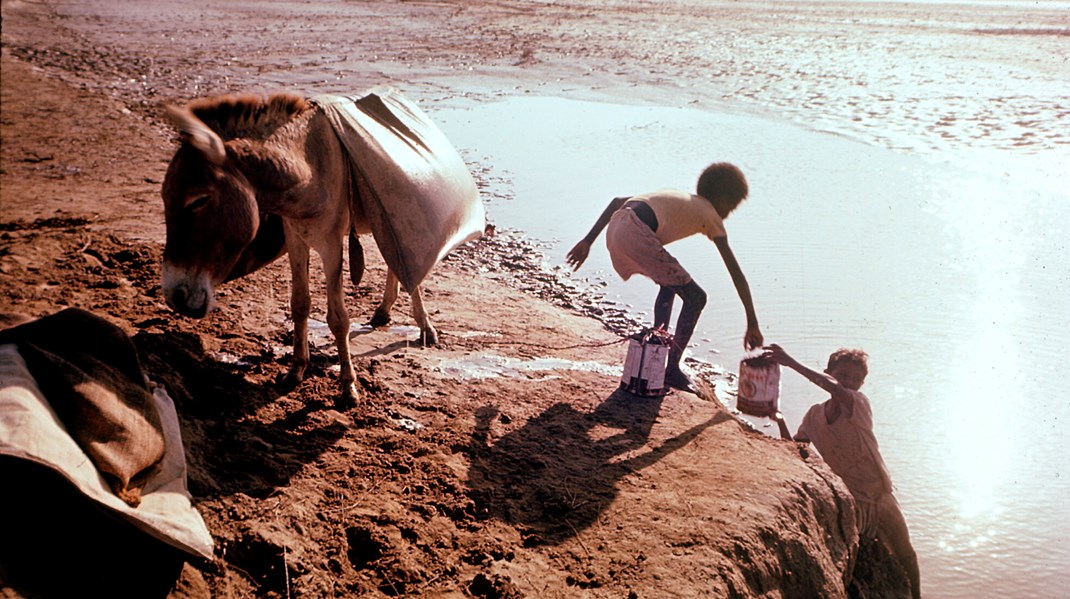Nearly 3 million people in Lake Chad region face severe food shortages
HIGHLIGHTS
Food security improving across Sahel, but millions are still in need of assistance.
Nearly 3 million people in the Lake Chad region are facing severe food shortages.
Clashes between herders and farmers in Côte d’Ivoire displace over 6,000 people.
Between January and April, DRC reports 5,757 cholera cases.
Ebola resurfaces for the third time in Liberia, Guinea sees its first flare-up.
KEY FIGURES
People displaced in Lake Chad Basin - 2.4M
Severely food insecure people in Lake Chad Basin - 2.9M
People facing crisis level of food insecurity in the Sahel - 6.7M
Rising food insecurity across Lake Chad Basin
Food insecurity triggered by the ongoing conflict in the Lake Chad region is expected to deepen as families exhaust their reserves and the lean season progresses. Nearly three million people in the regions worst-affected by Boko Haram violence are currently facing severe food shortages.
Markets have been disrupted and food prices increased. Transhumance and livelihoods have been hamstrung, and in certain regions, the lean season has started earlier than usual. The majority of the food insecure people are in Nigeria’s north-eastern Adamawa, Borno and Yobe states. Some 2.3 million people in these three states are in crisis phase and need humanitarian assistance, according to the March analysis of the Cadre Harmonisé.
In Borno, around 217,000 people are in the emergency phase of food insecurity and need immediate assistance. Interagency needs assessments are currently taking place in newly accessible areas that point to larger numbers of people in urgent need. Households in Chad’s western Lac region have mostly depleted their cereal stocks from the last harvest, as they have had to share food, homes and other resources with those forced to flee their villages due to attacks. In turn, families are now dependent on the markets for cereals, but where supply shortages have been reported, the Famine Early Warning Systems Network (FEWS NET) observed.
The influx of displaced people in Cameroon’s Far North region has also exerted pressure on households hosting them. The region is one of the most impoverished in the country and residents often grapple with recurrent food shortages. Currently, 170,000 people are displaced, a seven per cent increase compared to four months ago. The displacement, conflict and disrupted livelihoods have left some 203,000 people severely food insecure.
Niger’s southern Diffa region, which hosts some 100,000 displaced people, is expected to see the highest levels of food insecurity in the country in the coming months. Already, 143,000 are severely food insecure in the region. As in the other conflict-hit areas, the adversity of the conflict has stocked hunger among the local communities and the displaced people.


